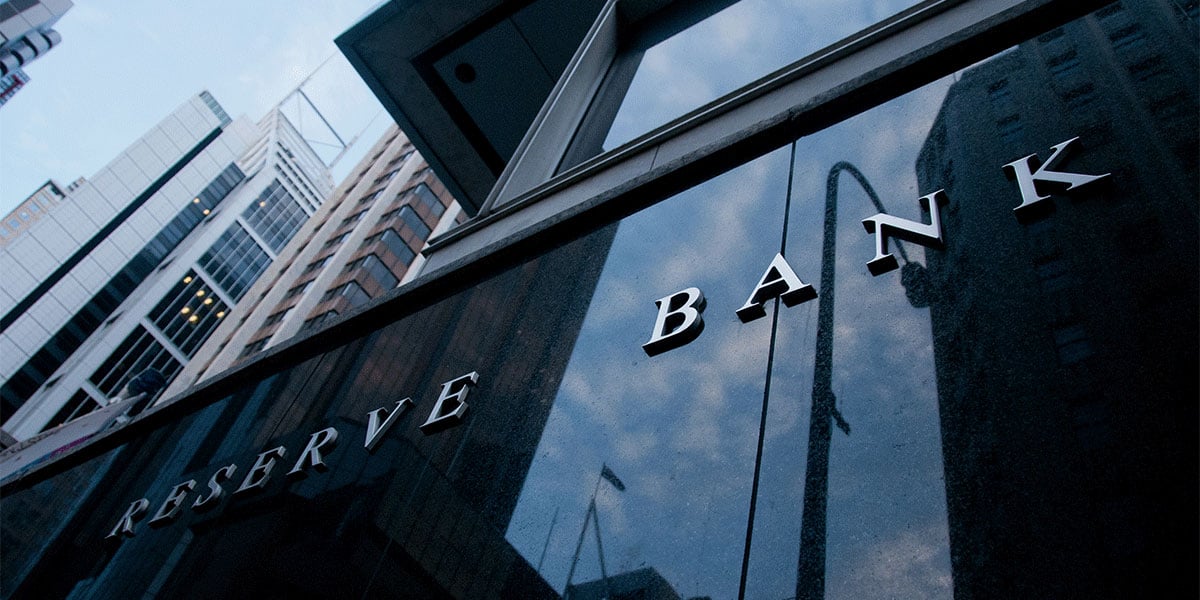Download the PDF

Better late than never
We shift our focus in this week’s Brief back to the domestic economy and the outcome of the eagerly-awaited inflation data. Following a dovish pivot from the RBA late last year (Deliberately dovish), the December quarter CPI was seen as the final piece of the puzzle in determining whether or not the RBA will act on its easing bias at their mid-February Board meeting. In what is perhaps a spoiler, financial market pricing has shifted to increase the probability of a February rate cut to 92%, up from 78% prior to the release of the data. So, what did the inflation reveal that makes a February rate cut a near certainty?
Headline inflation rose by 0.2% in the quarter, in line with QIC forecasts but slightly below market expectations of 0.3%. The annual rate of inflation moved into the lower half of the RBA’s target band at 2.4%, from 2.8% in September. But with headline inflation being biased down by large falls in electricity prices due to government subsidies, and lower fuel prices, attention has rightly shifted to underlying measures of inflation for their implications for monetary policy.
Here the news was better than we, and the market, anticipated. The quarterly rate of trimmed mean inflation was just 0.5%, compared to QIC and market forecasts of 0.6% and the RBA’s November SOMP forecasts of 0.7%. The annual rate of trimmed mean inflation slowed to 3.2% in December, from 3.6% in September, and only just above the top of the RBA’s target band.
While the magnitude of the inflation miss is almost small enough to be brushed off as random noise, the composition of the miss relative to our forecasts paints a story of weakness in domestic pricing pressures that will likely be enough to trigger an RBA rate cut.
Already embedded in our forecasts was a broad-based easing in services inflation driven by slower labour and input cost growth, and this was confirmed by the data. Annual services inflation slowed to 4.3% in December, with continued easing in a broad range of services such as medical and dental services, vehicle maintenance, vet services and eating out. But what the data also revealed was easing inflationary pressures in areas we had thought would be slower to respond. In particular, inflationary pressures in the housing market via rents and new home construction costs are easing more quickly than we expected. This is particularly important as housing costs make up over one-fifth of the CPI.
Importantly, surprising on the downside over the December quarter was the purchase cost of new dwellings by owner occupiers, which make up 8% of the consumer price basket. Prices of these goods typically reflect the construction costs of new homes, which have been growing by around 5% a year. But discounting by project home builders in an effort to attract new customers led to a 0.2% decline in the purchase cost of new homes in the December quarter, the first decline since June 2021. The need to offer incentives and promotional offers, despite continued rising costs, reflects weaker demand than we had expected.
We were also surprised by the slowing in rent inflation. While the pace of increases in new rental agreements has slowed sharply as vacancy rates have lifted from their low points, we had expected rent inflation to remain sticky. This is because the CPI measures the increase in the total stock of rentals not just the flow of new rentals, making the rental component of the CPI far more inert than new rental agreements. Along with the quarterly data, the monthly CPI data for December were also released this week, showing rent inflation slowed from around 0.5-0.6% m/m in previous months to just 0.3% m/m in December, a pace that we had not expected to be achieved until the end of 2025. Rents make up a further 6% of the consumer price basket, so if they maintain this slower monthly pace of growth, there are downside risks to our inflation forecasts.
So, putting it all together, is the miss on inflation enough to prompt the RBA to cut rates in February? The inflation data suggest that pricing pressures in the domestic economy are weaker than we expected which count in favour of near-term easing. Therefore, we have brought forward our call for the RBA’s first rate cut from their April meeting to their next meeting in February.
Perhaps more important than the timing of the first RBA rate cut, though, is our forecast for a total of just two rate cuts from the RBA this year. 2025 should see a gradual recovery in the Australian economy led by improving fundamentals for the consumer. With inflation approaching the RBA’s target band, cash rates can be reduced toward neutral, which we estimate to be around 3¾%. In our view, investors shouldn’t get too excited for the prospect of significantly lower interest rates this year, regardless of the RBA’s decision on 18th February.
